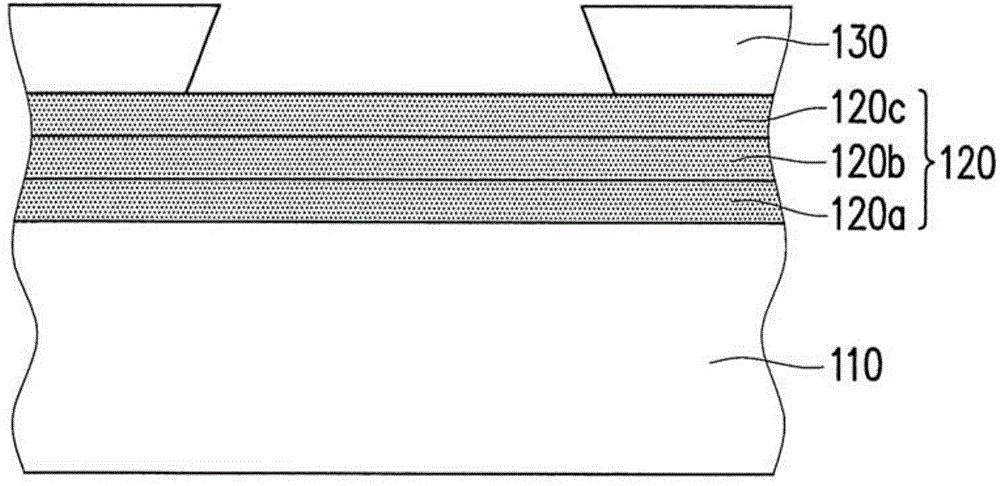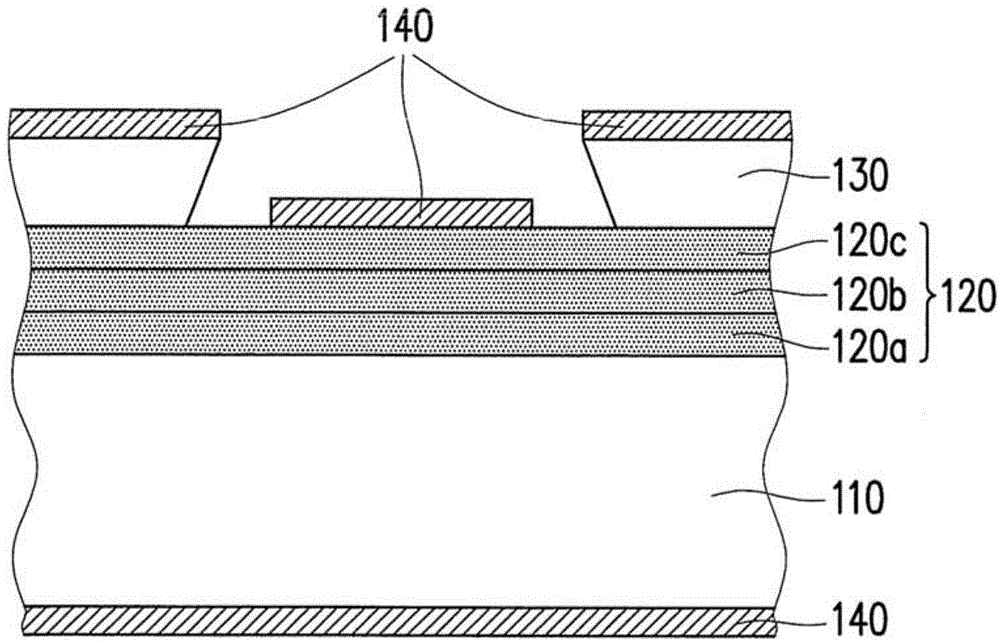Negative photosensitive resin composition and application thereof
A technology of photosensitive resin and composition, applied in the field of photosensitive resin composition, can solve the problems of poor peeling property, intolerant of evaporation and the like
- Summary
- Abstract
- Description
- Claims
- Application Information
AI Technical Summary
Problems solved by technology
Method used
Image
Examples
preparation example Construction
[0025] Preparation of negative photosensitive resin composition
[0026] The invention provides a negative photosensitive resin composition, which comprises an alkali-soluble resin (A), a photoacid generator (B), a basic compound (C), a crosslinking agent (D) and a solvent (E). In addition, the negative photosensitive resin composition may further include an additive (F), if necessary. Each component that is used for the negative photosensitive resin composition of the present invention will be described in detail below:
[0027] Alkali soluble resin (A)
[0028] The alkali-soluble resin (A) includes an acrylate resin (A-1) and a novolac resin (A-2). Acrylate resin (A-1) and novolac resin (A-2) are described in detail below:
[0029] Acrylic resin (A-1)
[0030] Acrylic resin (A-1) can be obtained by polymerizing monomers for polymerization in a solvent and in the presence of a polymerization initiator, wherein the monomers for polymerization include monomers of unsaturate...
Synthetic example A-1
[0180] Synthesis example A-1-1 to synthesis example A-1-12 of acrylate resin are described below:
Synthetic example A-1-1
[0182] A nitrogen inlet, a stirrer, a heater, a condenser, and a thermometer were installed on a four-necked conical flask with a volume of 500 milliliters, and nitrogen was introduced. Then, according to the reagents and dosages shown in Table 2 (the Chinese and English and abbreviations of the reagents are as shown in Table 1), add 50 parts by weight of the solvent diethylene glycol dimethyl ether (DIGLYME), propylene glycol methyl ether Acetate (propylene glycol monomethyl ether acetate, PGMEA) 250 parts by weight. Then, the temperature of the solvent was heated to 85° C. while stirring. Next, 40 parts by weight of methacrylic acid (MAA) and 60 parts by weight of dicyclopentanyl methacrylate (FA-513M) were added into the four-neck conical flask. Then, the temperature of the solution was maintained at 85° C. while stirring. Next, 2.0 parts by weight of 2,2'-azobis-2-methylbutyronitrile (2,2'-azobis(2-methylbutyronitrile), AMBN) was pre-dissolved in 120 parts by weight of t...
PUM
| Property | Measurement | Unit |
|---|---|---|
| diameter | aaaaa | aaaaa |
| molecular weight | aaaaa | aaaaa |
| molecular weight | aaaaa | aaaaa |
Abstract
Description
Claims
Application Information
 Login to View More
Login to View More - R&D
- Intellectual Property
- Life Sciences
- Materials
- Tech Scout
- Unparalleled Data Quality
- Higher Quality Content
- 60% Fewer Hallucinations
Browse by: Latest US Patents, China's latest patents, Technical Efficacy Thesaurus, Application Domain, Technology Topic, Popular Technical Reports.
© 2025 PatSnap. All rights reserved.Legal|Privacy policy|Modern Slavery Act Transparency Statement|Sitemap|About US| Contact US: help@patsnap.com



